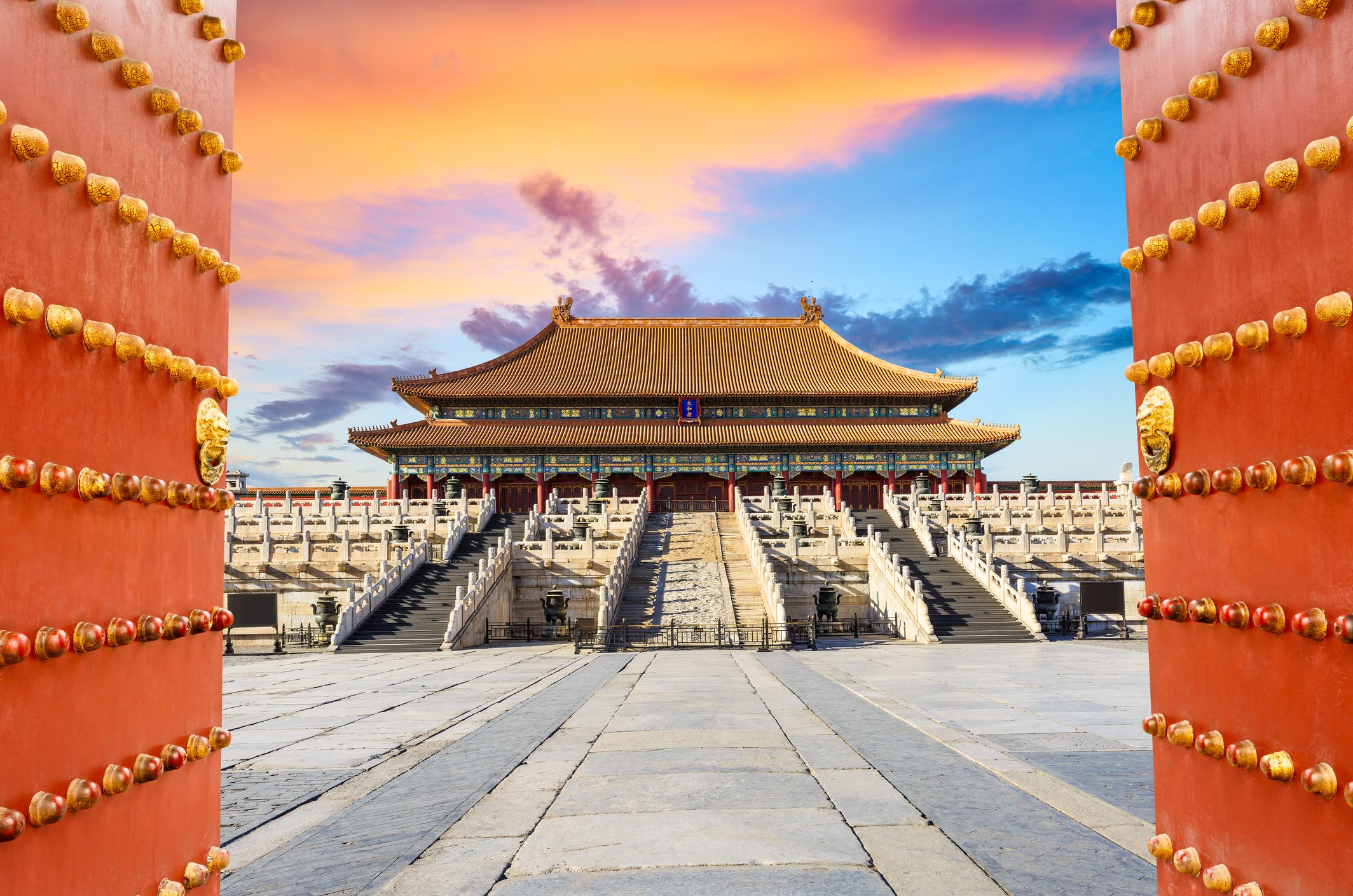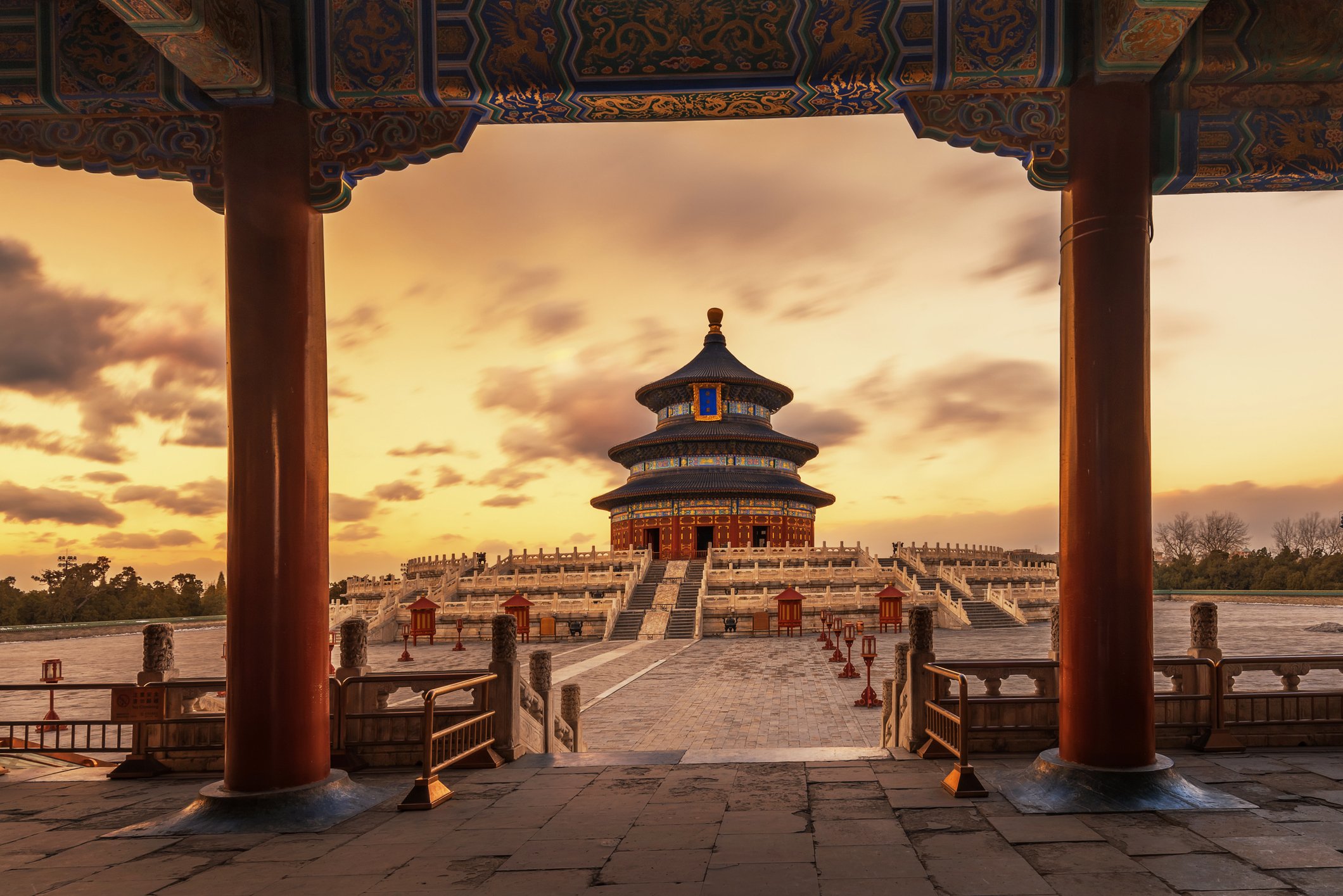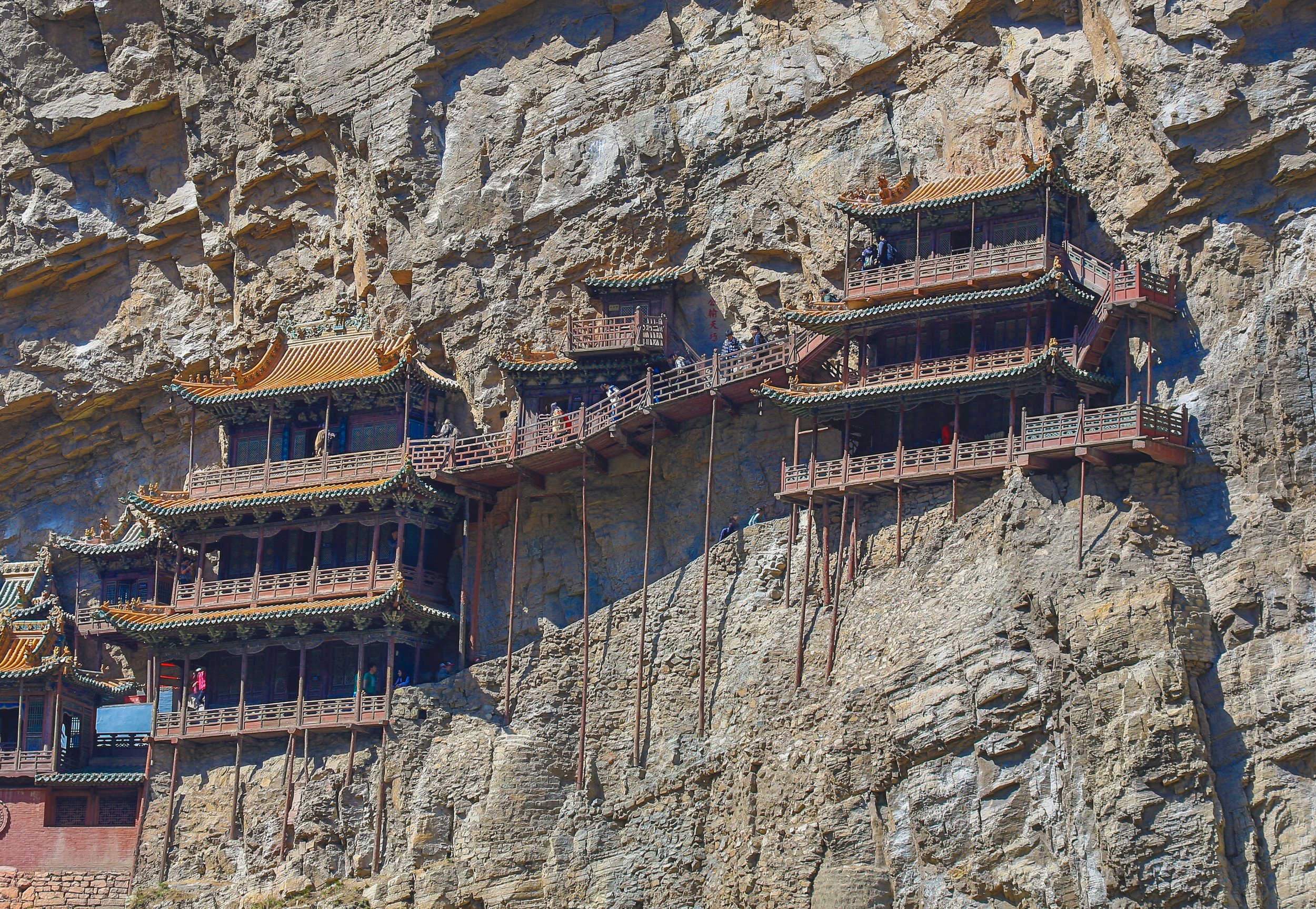
Forbidden China
June 3, 2025- June 19, 2025
$4,800 price per person Double Occupancy, $5,600 Single Occupancy
“To the mind that is still, the whole universe surrenders”
-Lao Tzu

A few trip highlights…
The Forbidden City
“Do the difficult things while they are easy and do the great things while they are small. A journey of a thousand miles must begin with a single step.”
-Lao Tzu
Mount Hua
One of the Five Great/Sacred Mountains of China. According to Chinese mythology, the Five Great Mountains form the body of Pangu - the first being and creator of the world. The head located at Mount Tai is in the east while Mount Hua is the “western mountain” represents Pangu’s feet. The Taoist legend has it that the god of the underworld lives within and a shrine located at the western peak was used to communicate with the god. Pilgrims would also come seeking immortality as many herbal Chinese medicines are reported to be found only growing here.
An ancient temple is located at the top of this mountain and a tea ceremony is offered to those who make the perilous journey. Check out the Huashan video below for more information.
For the more adventurous, you have the option to traverse the cliff face along the plank path (picture to the left) to a shrine at the end. For more information on the plank hike check out the Trail video below.

“Nothing in the world is as soft and yielding as water. Yet for dissolving the hard and inflexible, nothing can surpass it.” - Lao Tzu
The Li River
Located in Guilin, the Li river or Li Jiang is known as one of the world’s top 10 watery wonders in the world by National Geographic magazine and is generally recognized as the most beautiful river in China. We will cruise down this river with a view of the karst peaks, grazing water Buffalo, farmers working their fields, and traditional villages along the way.

Temple of Heaven
Tai Chi at the Temple of Heaven…
The Temple of Heaven was constructed in 1406 by Yongle Emperor of the Ming Dynasty. Anciently, the emperor was considered the Son of Heaven, and this temple was the site of ceremonies connecting earth to heaven. Twice a year the Emperor would move from the Forbidden City wearing special robes and abstaining from eating meat. The high point of the ritual at the winter solstice was performed by the Emperor on this site. Within the temple the representation of both Heaven, as the circle, and Earth, as a square, are united. Outside the temple we will enjoy a morning of Tai Chi guided by a local instructor.
Terracotta Army
This clay army includes more than 8,000 soldiers, 140 chariots, 520 horses, and 150 cavalry horses all completely life sized—were made at the command of the first emperor of China, Shi Huangdi, and founder of the Qin dynasty. Keen on acquiring immortality, the emperor gave his alchemists the task of finding life-prolonging elixirs and sent emissaries across the Eastern Sea in search of the fabled Penglai, or “Land of the Immortals". His attempts at immortality were cut short as his repeated ingestion of mercury sulfide (cinnabar—containing two ingredients thought to be part of the elixir of life) likely contributed to his death at the age of 39.

“If you search everywhere, yet cannot find what you are seeking, it is because what you seek is already in your possession.”
-Lao Tzu
The Huangshan Mountains
Or Yellow Mountains, were named by the Yellow Emperor, Huang Di in 747 AD. Xu Xiake, a noted Chinese geologist from the Ming Dynasty said, “You don’t need to see any more mountains after seeing ‘the Five Mountains,’ and you don’t need to see the other four mountains after seeing Huangshan.” With its stunning landscape, the Huangshan Mountains have the appearance of floating islands, with peaks protruding between billowing clouds, creating a mesmerizing scene that transport you to another world.
“Knowing others is intelligence; knowing yourself is true wisdom. Mastering others is strength; mastering yourself is true power.” -Lao Tzu






